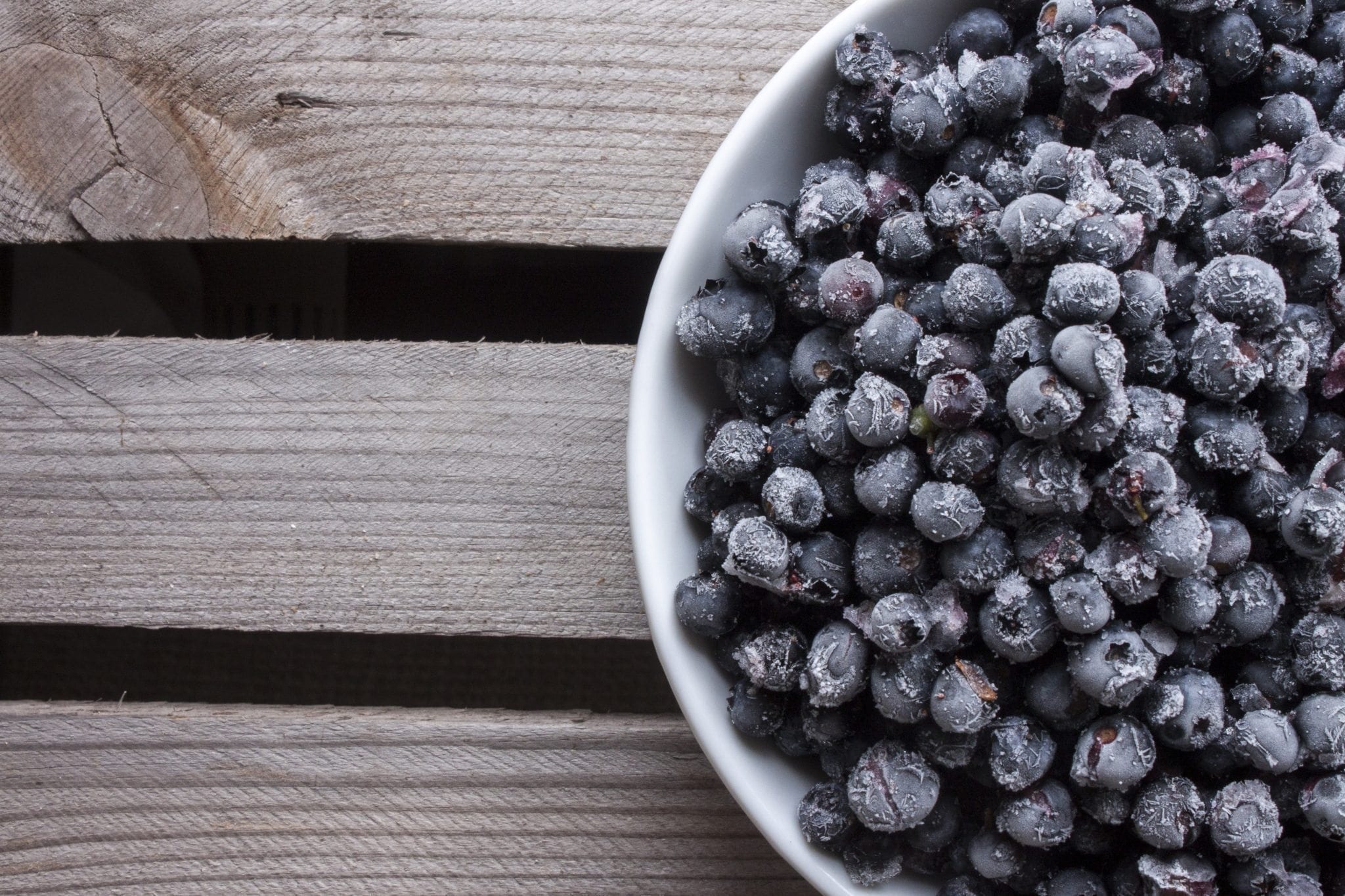Ever tried to put an unpeeled banana in the fridge in an attempt to keep it ripe and seen the mushy, blackened result? While refrigerating fruits and vegetables can slightly prolong the freshness of most produce, freezing is the best long-term solution. With proper preparation, you can freeze most fresh fruits and vegetables at home. Freezing produce is a great way to keep seasonal items on your menu year-round without having to depend on your grocery store to have them in stock—or paying higher prices for out-of-season favorites.
Here’s how it’s done:
Freezing Fruits
- Begin by preparing your fruit—wash, peel, core, and pit as you would if you were about to eat the fruit fresh. Chop or slice all non-berry fruits into bite-sized pieces. Make sure to dab off any extra liquid from washing/cutting with a paper towel. It’s important to try and freeze your fruits as close to peak ripeness as possible to preserve the most nutrients and keep the fruit from degrading as quickly. If you’re unsure of exactly how to best prep your fruit for freezing, this guide was particularly helpful for me.
- Lay a section of wax paper on a baking sheet. Spread the fruit out in a single layer on the wax paper, ideally not allowing individual pieces to touch. Berries will be ready to go straight into the freezer at this point, but fruits like apples, nectarines, and peaches need an extra step.
- You will need to spritz apples, nectarines, and peaches with ascorbic acid (Vitamin C works well). This treatment will help preserve these fruits through the freezing process. Mix powdered Vitamin C with 3 tablespoons water, then lightly spray or sprinkle the mix over the fruit on the baking sheet. Clear a space in your freezer and place the baking sheet inside, making sure it is able to lay flat.
- Wait 4 hours for the fruit to freeze, then remove the baking sheets from the freezer. Immediately use a spatula to scrape the frozen fruit into heavy-duty freezer bags and/or air-tight containers. Try to fill containers as full as possible (to keep air out) and squeeze air out of freezer bags. Contact with air causes the fruit to lose nutrients and color and potentially develop odd tastes. If you want to really make sure that your frozen fruit is protected from outside air, we recommend using a vacuum sealer to suck out the air manual handling can’t get to.
- Use a sharpie to label your bags/containers with what fruit is inside and the date you froze it to easily keep track of what you have and when it should be used by.
Freezing Vegetables
- The freezing process for vegetables is a bit different from the way you freeze fruit. Vegetables should be blanched prior to freezing. To blanch your vegetables, put them in boiling water (blanch different vegetables separately, starting with lighter-colored vegetables first), cover, and let cook for 2-5 minutes, checking a sample piece every 30 seconds to a minute until they appear done.
- Once they are done boiling, immediately plunge the vegetables into cold water to finish the blanching process. When they are completely cool, dry them with paper towels and place them on wax paper on a baking sheet.
- Place the baking sheet in the freezer and wait 4 hours, then package them as you would frozen fruit.
When and How to Thaw Your Homemade Frozen Produce
Veggies are fine to go straight from the freezer into sautes, boiling water, soups, and more. You can also put them in a bowl with two tablespoons of water, cover them, and then microwave for between 2-3 minutes. Vegetables may also be steamed, usually between 2-4 minutes for most veggies. Eating Well has a great breakdown of exactly how long to reheat specific frozen vegetables.
Fruits, however, need to be thawed to room temperature prior to raw consumption. Let them sit until they are almost completely thawed before using them to top yogurt or other room-temp dishes. There is no need to wait if you’re planning to add your frozen berries to smoothies or baked goods; simply toss them straight into the blender or batter.
Frozen fruits will last up to one year while frozen vegetables keep for around 18 months. Though frozen produce can keep for a long time, as always try to eat them sooner rather than later for optimum nutrient content.
—by Ursula Dailey




